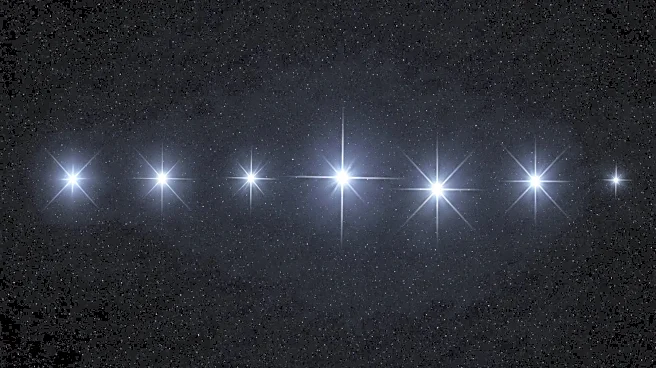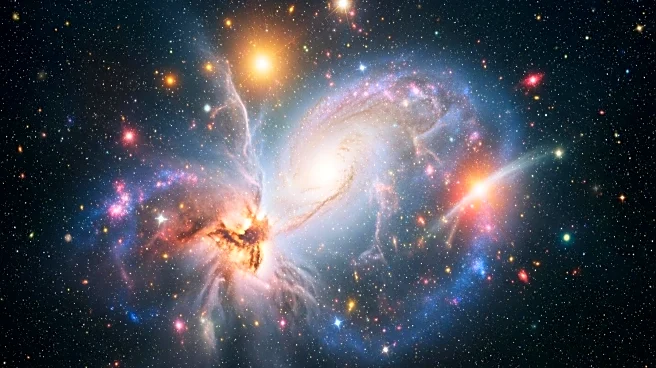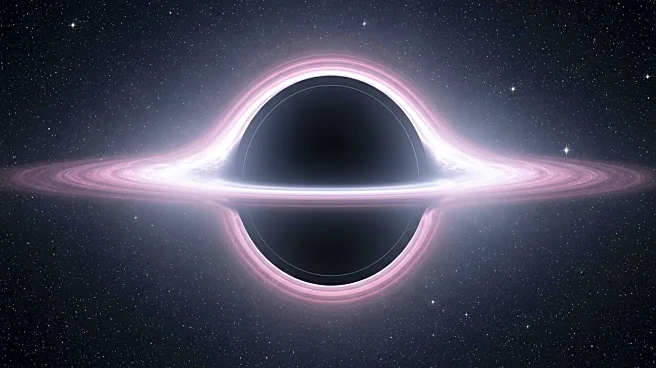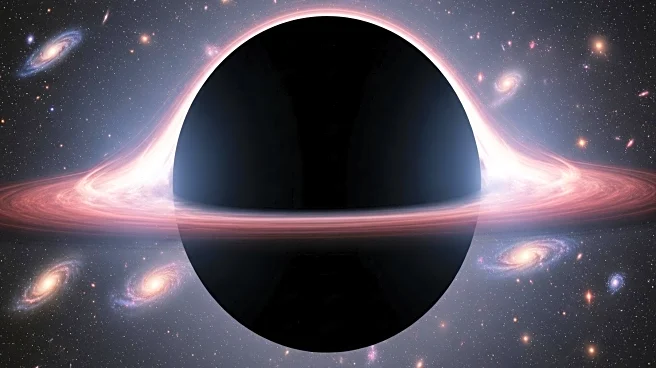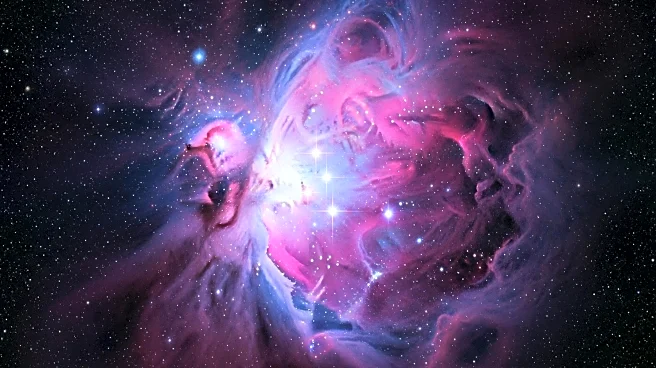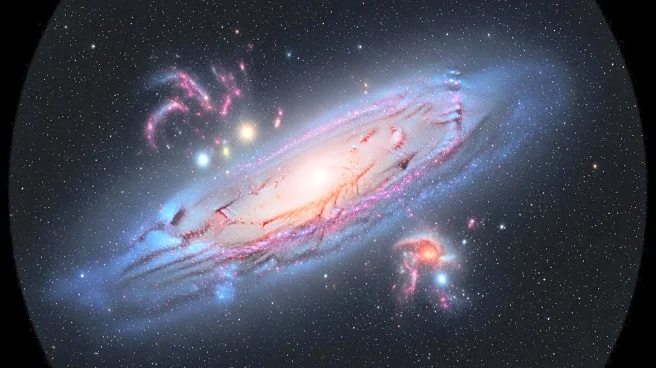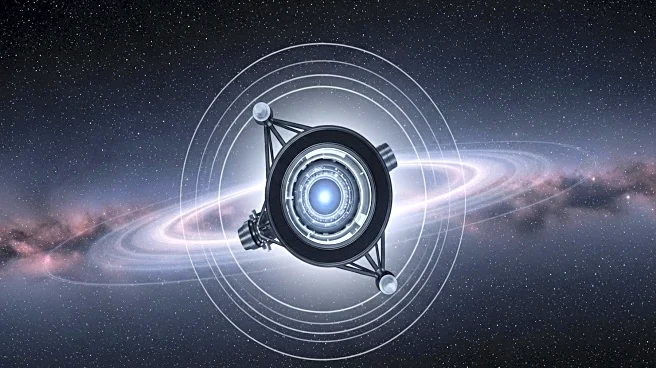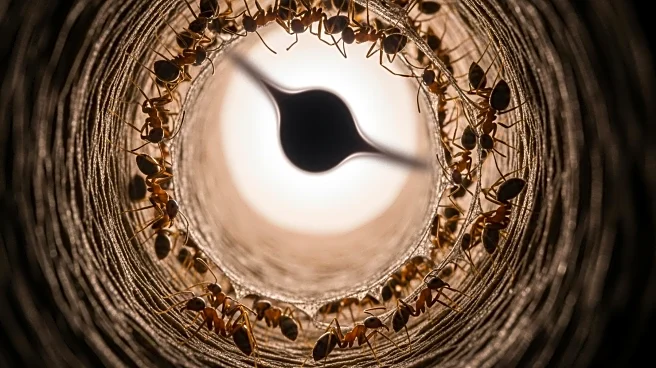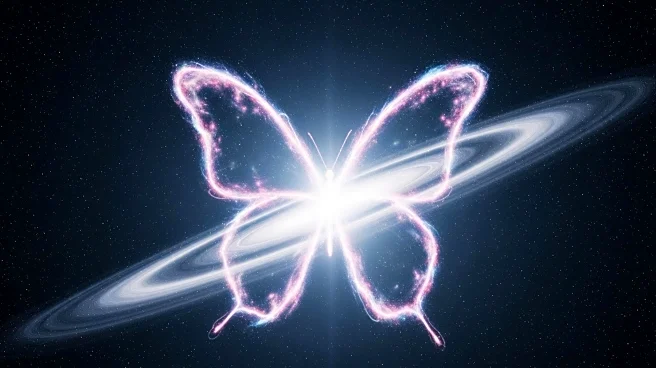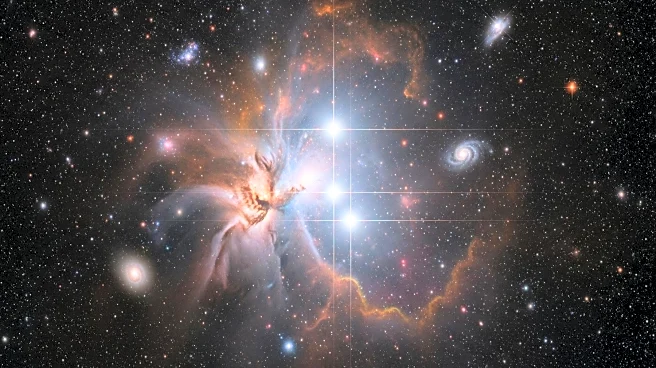What's Happening?
Recent studies have challenged the long-held belief that the first stars in the universe were uniformly massive. Traditionally, it was thought that these stars, composed of pure hydrogen and helium, were hundreds to thousands of times the mass of the sun and ended their short lives in supernovae. However, new research indicates that lower-mass stars may have formed alongside these massive stars. One study utilized astrophysical computer simulations to model turbulence in gas clouds, leading to fragmentation and the formation of smaller stars. Another study demonstrated that molecular hydrogen, crucial for star formation, may have been more abundant earlier than previously thought, facilitating the formation of lower-mass stars. These findings suggest that the second generation of stars, potentially hosting the first planets, may have formed earlier than expected.
Why It's Important?
The implications of these studies are significant for our understanding of star formation and the early universe. If lower-mass stars were present alongside massive ones, it could mean that some of these stars are still observable today, providing insights into the conditions of the early universe. This challenges previous models and could lead to a reevaluation of how chemical elements were distributed and how planets formed. The presence of lower-mass stars could also impact theories on the evolution of galaxies and the distribution of matter in the universe. For astronomers and astrophysicists, these findings open new avenues for research and exploration, potentially leading to discoveries that could reshape our understanding of cosmic history.
What's Next?
Astronomers are now tasked with finding these elusive lower-mass stars from the early universe. Observational studies are underway, although detecting these faint stars poses significant challenges. Advances in telescope technology and observational techniques may aid in this pursuit. If confirmed, the presence of lower-mass stars could lead to new models of star formation and evolution. Researchers will continue to explore the chemical processes that facilitated the formation of these stars, potentially uncovering new aspects of cosmic chemistry. The findings may also influence future missions and studies aimed at understanding the universe's earliest epochs.
